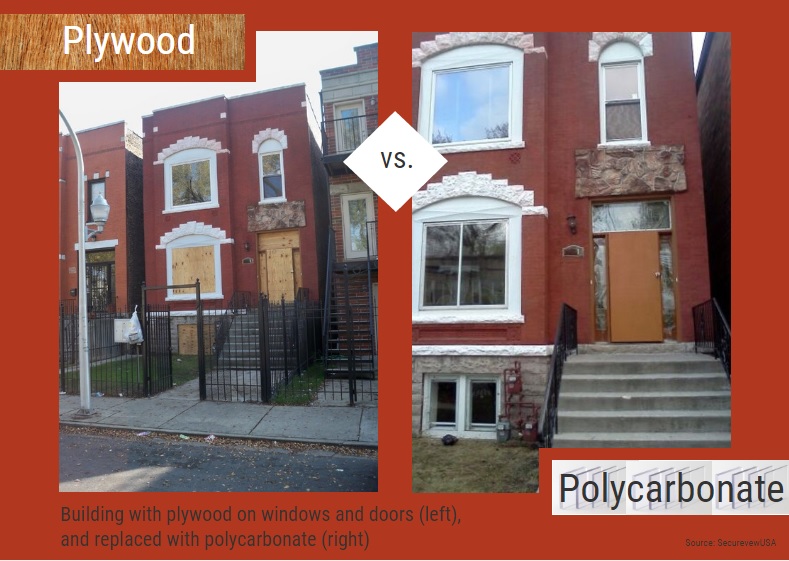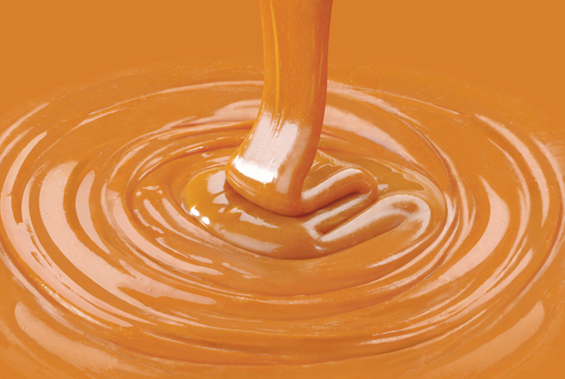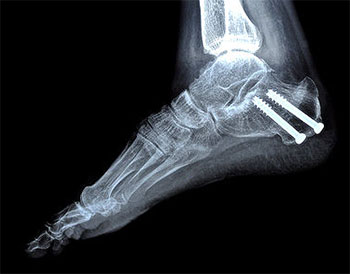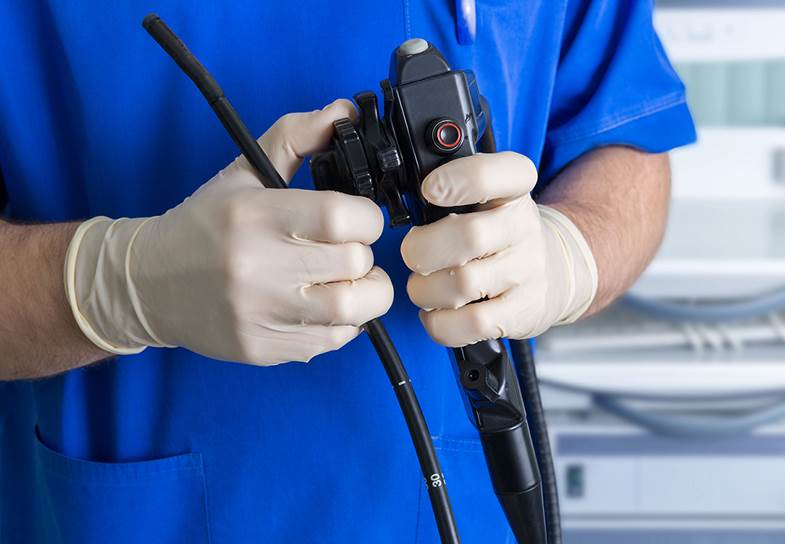
I Can See Clearly Now
An abandoned house or factory building is often associated with windows boarded up with plywood. Over time, glass windows can break due to neglect or vandalism, and the plywood boarding helps prevent rain, snow, and debris from entering the building. The appearance of plywood boarding, however, draws attention to the abandoned nature of the building, […]
Evolution of Drug Resistant Bacteria
Recently there has been increasing concern with antibiotic resistant bacteria. To a large extent, this increase can be attributed to over-subscription of antibiotics leading to evolved resistance of the bacteria. At its worst, this heightened use of antibiotics has led to organisms such as Methicillin-resistant Staphylococcus aureus (MRSA), also known as a “super bug”. The […]
Rheology’s Role in Dysphagia
Ever have a lump in your throat? You may have dysphagia, a medical condition whereby the patient has difficulty swallowing solids and liquids. There are multiple causes for dysphagia, ranging from gastroesophageal reflux to esophageal cancer. If not treated, pulmonary aspiration could occur when liquids enter the lungs by accident. Treatment of dysphagia depends on […]

Trainable Skin Cells
Our pets may be difficult to train, but researchers at the University of Toronto have developed a peptide-based hydrogel system that helps encourage skin cells to crawl towards each other, leading to a more rapid closure on chronic wounds commonly found in diabetic patients. With their hydrogel system, wounds closed in less than 2 weeks. […]

Caramel: A Baker’s Excuse for Over-Cooking
As the holiday baking season approaches, we are naturally thinking about caramel. At CPG, we have tested caramels and other food products in order to determine why some of these products have better ‘mouth-feel’ than others based on rheological assessment, a science sometimes termed ‘psychorheology’. Chemistry of Caramel The discussion today, however, has to do […]

FDA Workshop on Refurbishing of Medical Devices
If you were not able to attend the FDA workshop on “Refurbishing, Reconditioning, Rebuilding, Remarketing, Remanufacturing, and Servicing of Medical Devices Performed by Third-Party Entities and Original Equipment Manufacturers” last October, the video and transcript are available here. CPG President Stephen Spiegelberg speaks during October 28, Part 4.

Nano Diet for Silkworms
Silk is recognized as an expensive, luxury textile material, having been used for several thousand years for fine fabrics, tapestries, clothing, and runs. Silk is a protein-based fiber produced by the larvae-form of several insects, most notably silkworms, but also by spiders, bees, beetles, and other insects. The mechanical properties of silk can rival synthetic […]

Tickling the Synthetic Formulations
You may have heard the expression ‘tickling the ivories,’ referring to someone playing the piano. This expression of course results from the original coverings on the white keys of a piano, which were ivory chips from the tusks of elephants and walruses. White piano keys were usually made of spruce or basswood so that the […]

Degradable Products in Medical Devices
Join Cambridge Polymer Group scientists Adam Kozak and Stephen Spiegelberg for a webinar on how to establish and mitigate the risks of degradable products in medical devices. This webinar will focus on techniques to identify and quantify degradation products in in vitro and in vivo environments. Knowledge of the kinetics of degradation products and the […]

Reprocessing Medical Devices Primer
With the upcoming ASTM workshop on reprocessing of re-usable devices, we thought a primer on this important area of the health care industry would be in order. Reprocessing is a set of procedures that will take a previously used medical device and return it to a state fit for a subsequent clinical use. Usually, the […]
